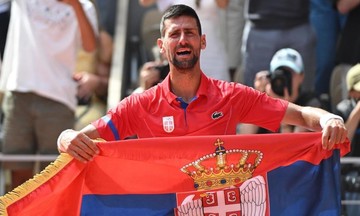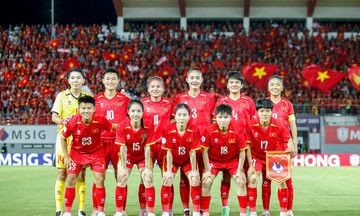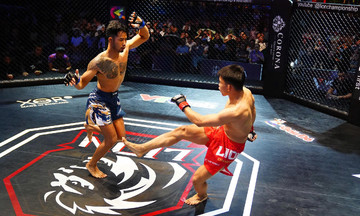In "Daniel's Running Formula" by Doctor and running coach Jack Daniels, it's argued that performance doesn't just come from training more, but from a deeper understanding of one's own movement, biomechanics, and running technique. This is also how many modern athletes and technology companies approach training: transforming raw numbers into tools for sustainable performance enhancement.
Runners primarily relied on feel to adjust their technique in the past. Today, technology offers a new perspective. The sports watch brand Garmin has developed Running Dynamics, a collection of advanced metrics that analyze the technique of each stride: from cadence, stride length, ground contact time and balance, to vertical oscillation and ground contact time balance.
These parameters reflect how the body functions, allowing for early detection of technical flaws. For example, an excessively long stride increases pressure on the knee joints, potentially leading to chronic pain. An unbalanced ground contact time balance can indicate body misalignment—a common issue for runners who frequent sloped or curved park paths.
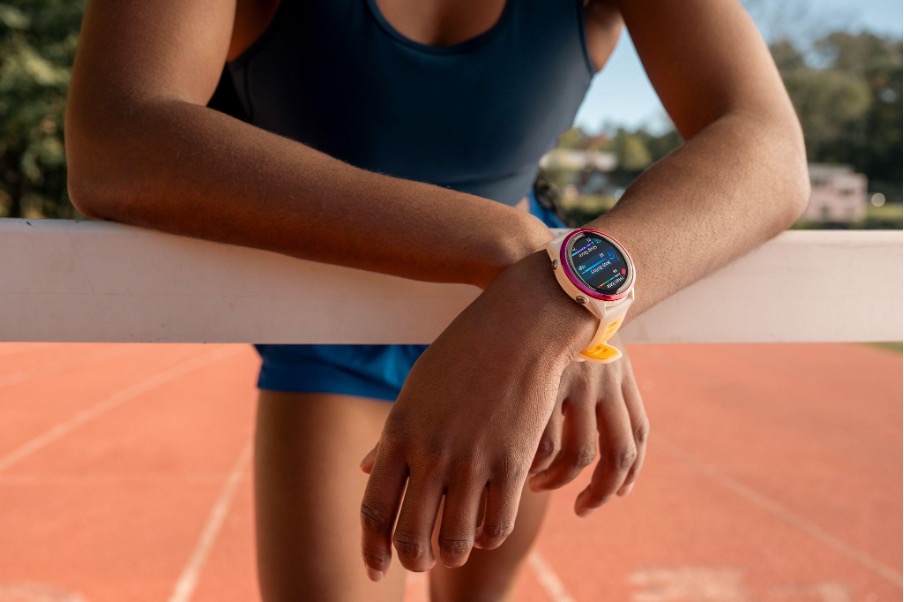 |
Sports watches have seen many improvements over the years. Photo: Garmin |
Sports watches have seen many improvements over the years. Photo: Garmin
Advanced devices like the Garmin Forerunner 970, paired with the HRM 600 heart rate monitor, allow runners to track metrics like running economy, step speed loss, and running tolerance. This data is crucial for adjusting training intensity and personalizing training plans, especially for long-distance runners.
Garmin states that it annually improves its optical sensors to accommodate various skin tones, including darker complexions, which are prone to signal interference. "Especially when combined with a chest strap, the accuracy of data during high-intensity workouts is significantly enhanced," a Garmin representative said.
Triathlete Nguyen Thi Kim Cuong shared that Garmin data revealed her right foot ground contact time was longer than her left, a sign of uneven force distribution. This allowed her and her coach to adjust her training plan, incorporating more core and proprioception exercises, significantly improving her balance and performance in longer distances.
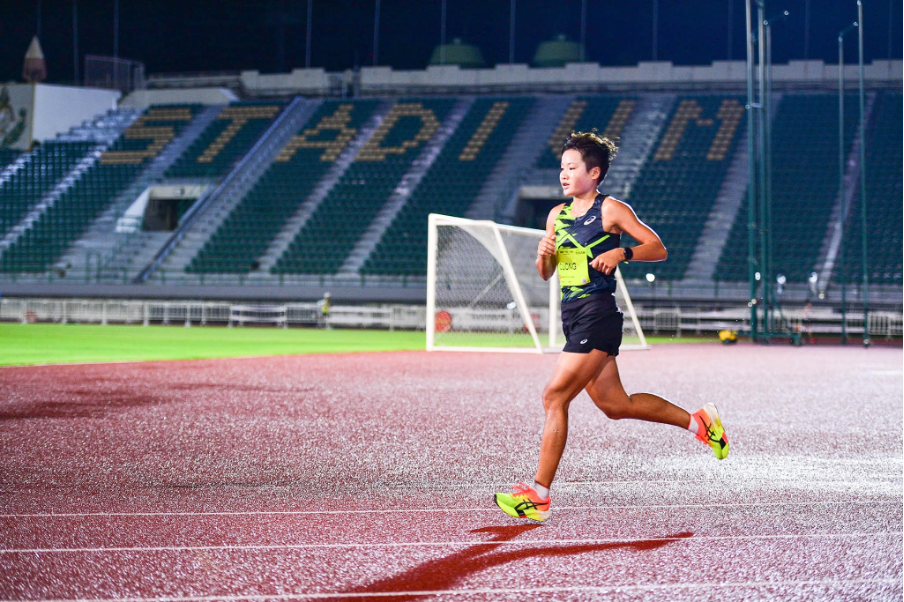 |
Athlete Nguyen Thi Kim Cuong. Photo: Provided by the subject |
Athlete Nguyen Thi Kim Cuong. Photo: Provided by the subject
Pham Tien San, a track and field and duathlon athlete, is particularly impressed with the Garmin Forerunner 970 for its near-perfect accuracy. "Previously, when training on a track, I had to switch to Track mode to accurately measure the distance of a lap. But with the Garmin Forerunner 970, even in free run mode, the device provides 99.99% accuracy. Combined with the HRM 600 heart rate monitor, the heart rate data becomes reliable, helping us better control our workouts and tailor training plans for each phase," Pham Tien San commented.
Not just professional athletes, but many recreational runners are also transitioning from feel-based running to data-driven training. They utilize GPS watch data to understand their bodies, identify bad habits, and adjust their technique. "You don't need to be a professional athlete; anyone can learn from their metrics. By interpreting charts and understanding each parameter, I've significantly reduced the time needed to improve my technique," said runner Chau Anh (Hanoi).
To support the community, Garmin also organizes the Garmin Run Club in Hanoi, Ho Chi Minh City, and Da Nang. GRC fosters a structured training environment, applying modern coaching methods suitable for various ages and skill levels, aiming for sustainable performance improvement.
Lan Anh




